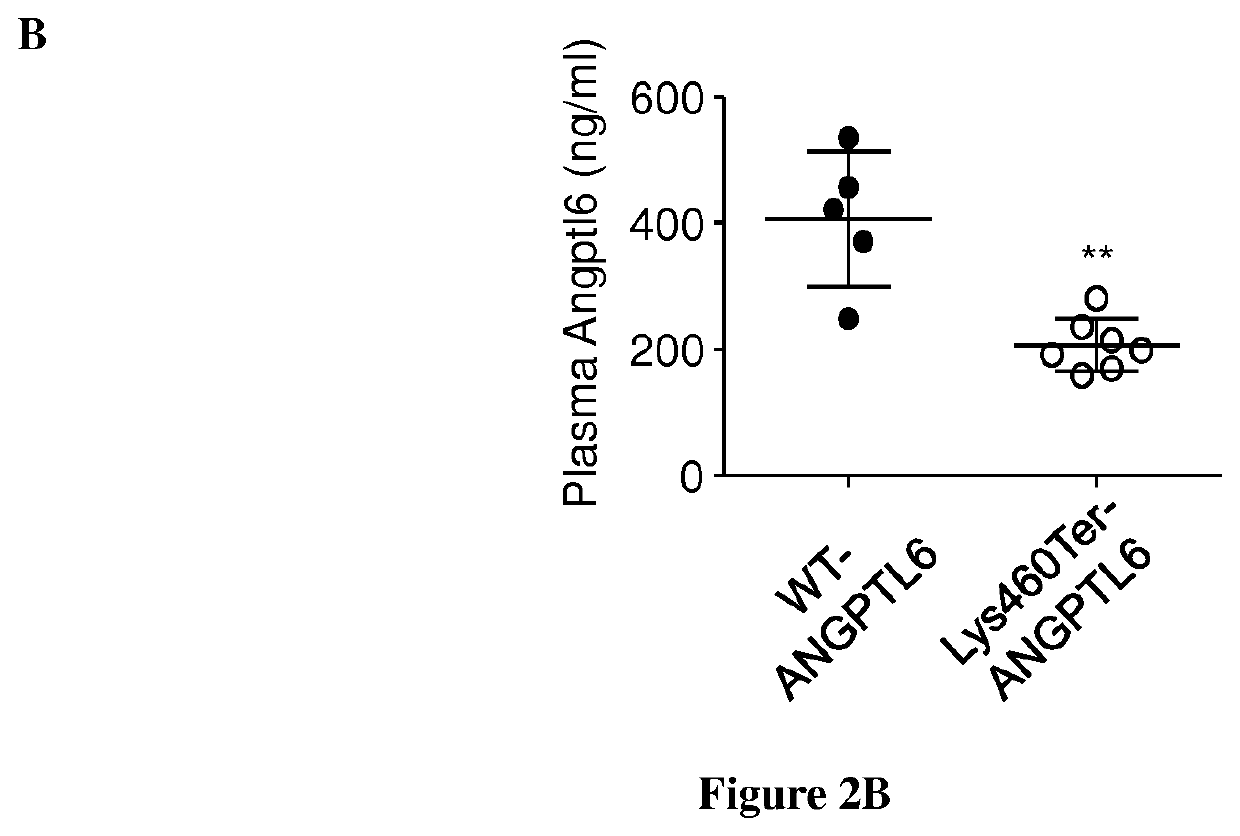Methods and compositions for predicting and treating intracranial aneurysm
a technology of intracranial aneurysms and compositions, applied in the field of neurology, can solve the problems of severe disability and death, and neither reliable biomarkers nor diagnostic tools can predict the outcom
- Summary
- Abstract
- Description
- Claims
- Application Information
AI Technical Summary
Benefits of technology
Problems solved by technology
Method used
Image
Examples
example 1
[0088]Material & Methods
[0089]Clinical Recruitment
[0090]Familial cases of IA are defined as at least two first-degree relatives both diagnosed with typical IA (defined as a saccular arterial dilatation of any size occurring at a bifurcation of the intracranial vasculature), without any age limitation. Index cases and their relatives were recruited following the French ethical guidelines for genetic research, and under approval from the French Ministry of Research (n° DC-2011-1399) and the local ethical committee. Informed written consent was obtained from each individual agreeing to participate in the genetic study, to whom MRI screening and blood sampling were proposed.
[0091]The full recruiting process has been described previously (16). Briefly, neuroradiological phenotyping was performed in each recruiting center by interventional neuroradiologists, neurologists and neurosurgeons in order to recruit only cases with typical saccular bifurcation IA. Mycotic, fusiform-shaped or diss...
example 2
t of the Cerebral Vascular Phenotype of K447*Angplt6 Mice
[0114]Material & Methods
[0115]Angptl6 domains and sequence are highly conversed between humans and mice. K460 in the human Angptl6 sequence corresponds to K447 in the mouse sequence and the K447*Angplt6 mouse mutant also lacks the last 11 C-terminal residues. To assess the causal link between this Angptl6 variant and IA, inventors have generated a mouse model expressing the truncated form of Angptl6, analogue to the human mutation. The point mutation has been introduced into the Angptl6 gene sequence by homolog recombination. Mice express the K447*Angptl6 protein instead of the wild-type Angptl6 but the expression pattern and its regulation are not modified. Cerebral vasculature of heterozygous (Angpl6+ / Δ) and homozygous (Angptl6Δ / Δ) mice have been analyzed and compared with control mice (Angpl6+ / +).
[0116]Results:
[0117]Inventors have observed: (i) an increased diameter of cerebral arteries of Angptl6 mutant mice compared to co...
PUM
| Property | Measurement | Unit |
|---|---|---|
| hemodynamic stress | aaaaa | aaaaa |
| adhesion | aaaaa | aaaaa |
| concentration | aaaaa | aaaaa |
Abstract
Description
Claims
Application Information
 Login to View More
Login to View More - R&D
- Intellectual Property
- Life Sciences
- Materials
- Tech Scout
- Unparalleled Data Quality
- Higher Quality Content
- 60% Fewer Hallucinations
Browse by: Latest US Patents, China's latest patents, Technical Efficacy Thesaurus, Application Domain, Technology Topic, Popular Technical Reports.
© 2025 PatSnap. All rights reserved.Legal|Privacy policy|Modern Slavery Act Transparency Statement|Sitemap|About US| Contact US: help@patsnap.com



